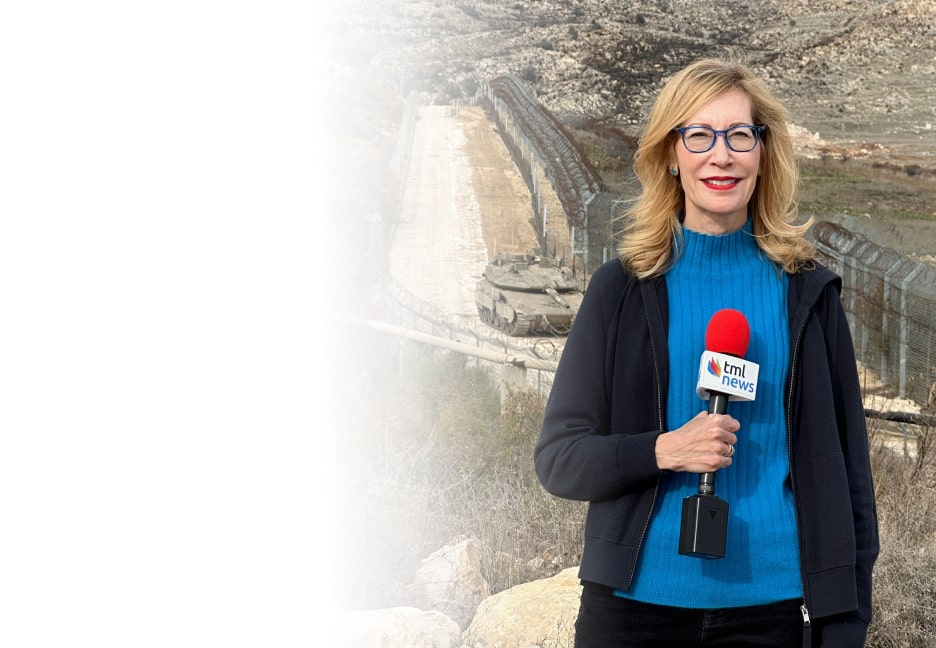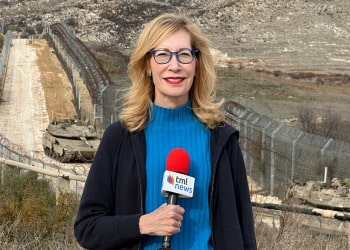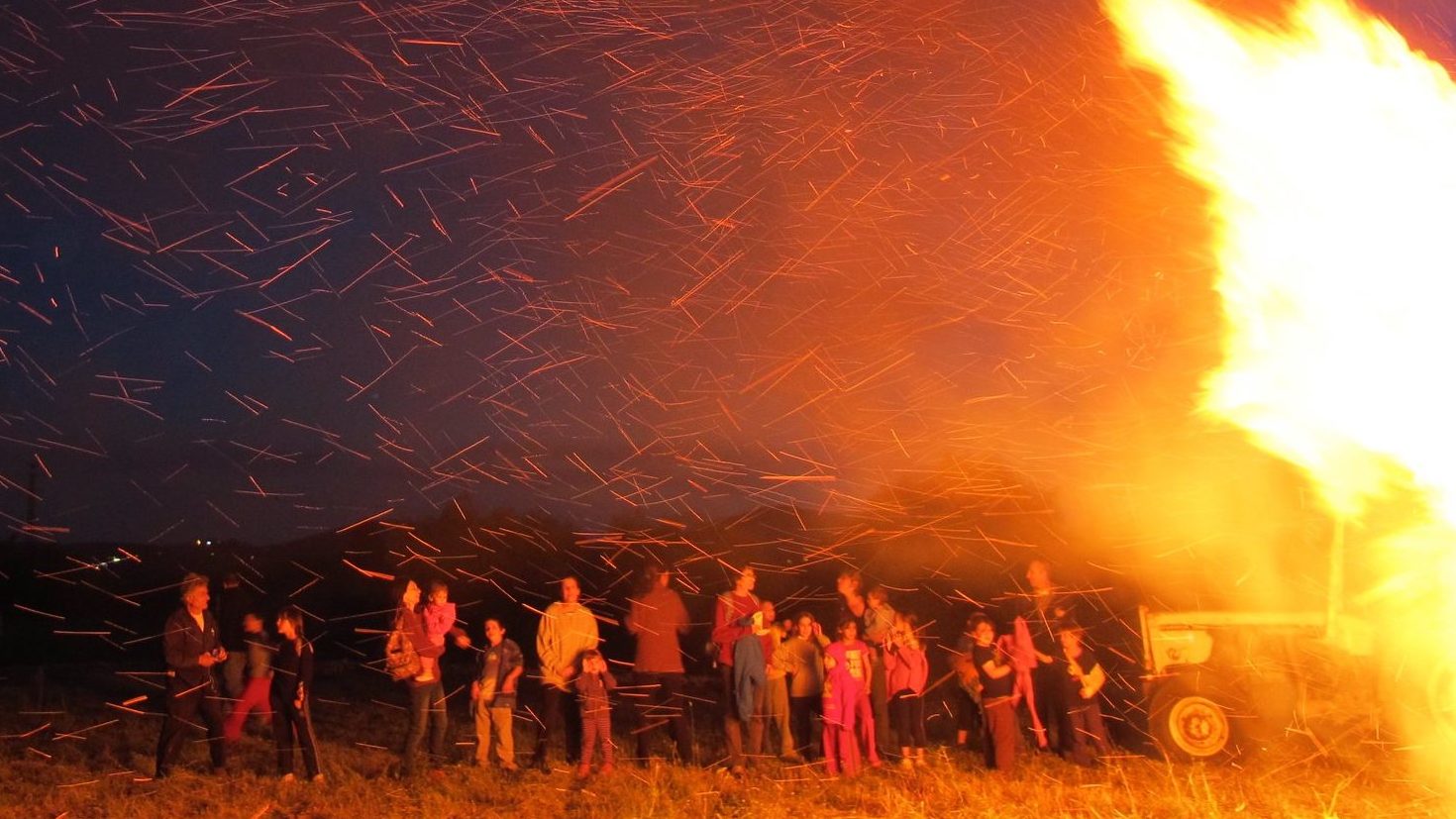A Night of Lag B’Omer Bonfires Equals a Year of Pollution from 70,000 Cars
The financial damage caused to Israel’s economy is estimated at $12.3 million
As Thursday evening descends on Israel, young and old alike will light bonfires throughout the country in commemoration of Lag b’Omer, a Jewish day of celebration dating back centuries. But, after the flames rise and people gather to sing, dance or barbecue by the fire, smoke follows. The night of celebration, commemorated on a national level, creates huge amounts of smoke. The morning after, Jerusalem, for example, is smothered by a gray blanket of haze.
A new report released by the global accounting and consulting firm BDO estimates that the pollution created by this one night of celebration is equal to 70,000 cars driving in the country for an entire year. This, they estimate, leads to losses of about 43 million shekels, or more than $13 million, to Israel’s economy.
Chen Herzog, chief economist at BDO Israel, wrote the report, along with the environmental economist Yael Armon. “It seemed important to us to show that there is an ecological problem here that isn’t being taken into account – not by the policy makers, nor by the general public,” he told The Media Line.
BDO in a statement released on Wednesday notes that the amount of air pollution during the hours of celebration is 4-10 times higher than normal levels. “If a factory began operations today, creating this amount of pollution, it would receive a closure order immediately,” Herzog said.
The most dangerous hazard created by the fires, BDO’s statement adds, is particulate matter – particles released by the burning material that get inhaled and can penetrate the body’s filtering mechanisms to gather in the lungs. Inhaling air polluted in this manner “increases the chance to develop certain illnesses,” Jameela Hardal, the head of the Israeli environmental organization Citizens for the Environment, told The Media Line.
If a factory began operations today, creating this amount of pollution, it would receive a closure order immediately
Hardal explains that the pollution during these celebrations is especially dangerous because of “the concentration and closeness.” The closer the source of the pollution is, “the risk is higher because it is direct, without any filtration,” especially when one burns substances other than wood, she said.
This holiday season, give to:
Truth and understanding
The Media Line's intrepid correspondents are in Israel, Gaza, Lebanon, Syria and Pakistan providing first-person reporting.
They all said they cover it.
We see it.
We report with just one agenda: the truth.


People that spend hours around the bonfires are enveloping themselves in polluted air, receiving a direct, unfiltered dose of cancerous particles. “Very small amounts [of released particles] simply enter the body and get absorbed and, as the amount increases, they cause hormonal changes and raise the risk of cancer,” Hardal said.
“We know that with polluted air, being exposed once to a massive amount may be worse than exposure to a lower amount over a long period of time,” she added.
Yet, for some, celebrating the special day takes precedence over ecological and health concerns. “It is an ancient custom that existed already among the diasporas of Israel … in honor of the Rabbi Shimon bar Yochai,” Shlomo, a young student at Mir Yeshiva in Jerusalem, the world’s largest house of study, told The Media Line. “You don’t forsake an ancient custom of the people of Israel. And even if it does pollute the air, once a year, it’s not a big deal that the air will be polluted.”
Although, he adds, one should take care not to burn especially polluting substances, and to minimize the number of fires would be a positive development.
The origins of Lag b’Omer are shrouded in mystery but date back to the 12th or 13th century, when the day is mentioned in ancient Jewish religious writings. A day of happiness and celebration, it derives its meaning from two sources, although their association with this specific date isn’t certain. According to Jewish tradition, in the month preceding Lag b’Omer, a terrible plague afflicted the students of Rabbi Akiva, a rabbi of the 1st and 2nd centuries CE, and one of Judaism’s most prominent figures. Some 24,000 students died before the sickness disappeared on Lag b’Omer.
A tradition that appears to be a later addition claims that Rabbi Shimon bar Yochai, a student of Rabbi Akiva and a giant in his own right, died on this day. The fires are lit in his honor, and his tomb in the north of Israel draws hundreds of thousands of visitors every year.
No matter what are the religious origins of the day, it has become a staple of Israeli culture, celebrated by secular Jews and religious Jews alike.
Zeev Blau, 70, who is ultra-Orthodox, makes an effort to mark the day at the rabbi’s tomb every year and hopes to do so this year as well. He isn’t bothered by the health hazard created by the fire. “Those who live it don’t get harmed by it,” he told The Media Line. The great importance of the day comes from Bar Yochai, he explains, whose good influence on the world continues to this day. The bonfires are similar to lighting a candle in memory of a loved one who has died, but on a grand scale suitable for the rabbi to whom great mystic knowledge is accredited, and who authored the Zohar, the foundational work in the literature of Jewish mystical thought known as Kabbalah, according to tradition.
Despite the bonfires’ significance, Hardal believes it is time for the custom to become a thing of the past, saying: “If it’s a harmful and dangerous custom, why hold on to it?” However, acknowledging that the celebrations are dear to people’s hearts, Hardal suggests gradually minimizing the fires. “Make them smaller every year, like people break their addiction to cigarettes,” she said.
If people insist on lighting a fire, Hardal says that they should make sure to light a small one in an open area, thus helping the dangerous pollutants dissipate. Part of the problem arises from the celebrations being held in densely built neighborhoods, whose buildings “lock” in the pollution.
If it’s a harmful and dangerous custom, why hold on to it?
Herzog points an accusatory finger at the government, saying that the state should educate children about the environmental damage of the bonfires and do more to regulate the pollution levels they create. “The government can put limitations in place. Just like it limited the location of bonfires to avoid [uncontrolled] fires, it can create limitations on the levels of pollution,” he said.
Israel’s Environmental Protection Ministry together with the Health Ministry released a statement calling on people to “avoid holding Lag b’Omer bonfires and give preference to an alternative ecological activity.” The statement highlighted that the bonfires cause a significant increase in the concentration of dangerous particles, hazardous particularly to at-risk groups, such as children. In a statement sent to The Media Line, the ministry spokesperson noted that people responded to the call to minimize bonfires to a noteworthy degree in 2019. Celebrations were prohibited in 2020 due to the pandemic.

